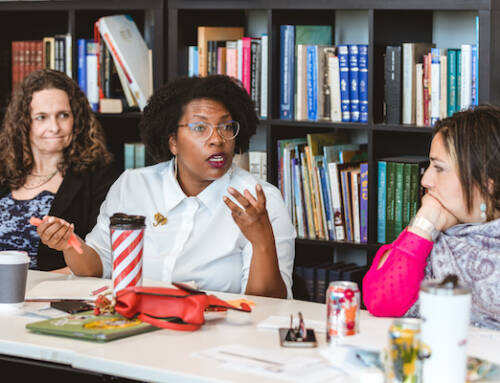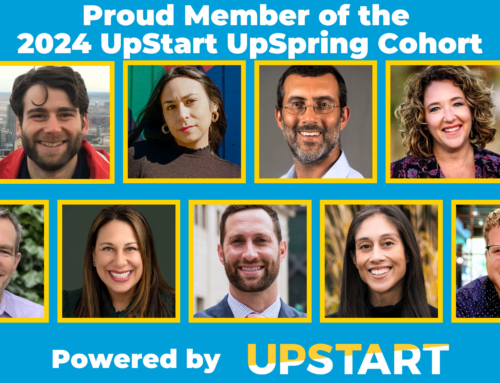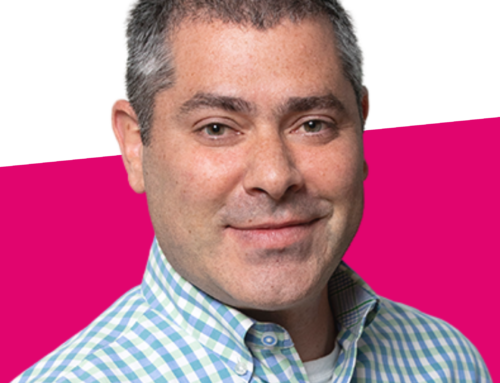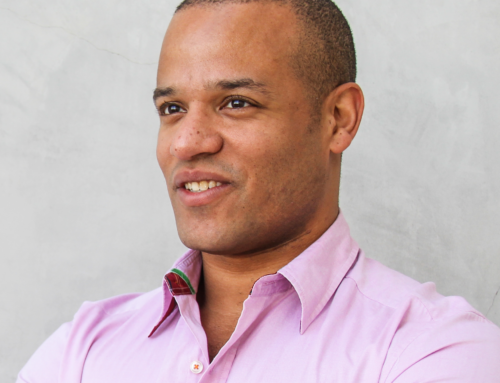Have you ever picked up a small pitcher of milk for your coffee only to have half of the contents dribble down the side and pool onto the counter? Often, design is something we dont think about unless it is really bad or really good. And yet, there is a remarkable and nuanced history behind the shape and construction of almost everything we touch, a story behind the design of each object even the container holding your milk. Once, I thought design meant the funky looking chairs that I couldnt afford from Soho furniture shops. Then my cousin, a textile designer, explained design to me in very different terms. Design, she said, is making everyday objects that are both beautiful and functional. She viewed a well-designed object as art and until that conversation I had never thought of everyday objects that way.
Once you open your eyes to the concept of design, you start to think about everyday objects as the culmination of history, habits, aesthetics, effort, societal values. Everything you touch becomes richer as you consider what led to it being functional or not. You cannot help but think about how you interact with that art and by extension, you begin to wonder how does this idea expand to our experiences and to our broader lives. Is life art? Is my life art? How do we matter? How do we create a life that has meaning for ourselves and benefits others?
This February, UpStart asks people to share how they are #RedesigningJewish. Whats going on that to use the words of Rav Kook renews the old and sanctifies the new? In what ways are people utilizing Judaism to make their lives richer, more meaningful, and more beautiful? How are educators, rabbis, and inspired laypeople taking what speaks most deeply to them from Jewish tradition and sharing it with their communities in ways that resonate deeply?
There is a growing awareness of the definition of design that my cousin taught me. Firms like IDEO have recently brought design thinking into the mainstream and are extending it beyond the physical realm. Design Thinking is not only about designing better physical products, but creating experiences that are significant to the user. Increasingly, innovators of all kinds think about melding form and function when they create programs, and the Jewish world is no different. Design, of course, is a never-ending process. There are many items which we think of as iconic designs that either stand out as emblematic of their time or are so well-designed that they seem timeless, serving generation after generation. But objects are designed for interaction, and people keep changingso design can never pronounce itself done. To do so would be a recipe for obsolescence. Even chairs, an item weve been using for most of human history, continue to inspire new design.
This is the essence of #LivingTorah and why the #RedesigningJewish project resonates so deeply with me and the work we are doing at this foundation. Until a few years ago, I dont think your average person often used the words design and Jewish in the same sentence. If they did, it was to refer to pieces of art maybe you, or your parents, had beautiful pieces of Judaica seder plates, candles, challah covers. These objects may have facilitated your celebration of Shabbat or Passover, but on the shelf, without the experience of that seder or Shabbat dinner, they did not realize their potential. The innovators of #RedesigningJewish use the most fundamental design principals how is it useful, how is it understandable to help make new (or renewed) connections between Jewish and peoples lives.
The first G-dcast video I ever watched happened to be Vayakhel with music by Alicia Jo Rabins. In Vayakhel our ancestors build the first sanctuary and the vessels for holy service. Wise hearted men, wise hearted women / bring what you can silver and linen / wool of crimson and of blue / and the bodies I gave you, Rabins sings. There is an important element of democracy; everyone contributes the raw materials and their labor to realizing the Divine Design of the sanctuary. In the same spirit, #RedesigningJewish is an open call to bring what you can and share your thoughtful and creative approaches to help them grow and to inspire others to bring #RedesigningJewish into their lives.
Dara Weinerman Steinberg is the Executive Director of the Lippman Kanfer Foundation for Living Torah, a generous funder of UpStart.
This blog post was originally posted on the Lippman Kanfer Foundation for Living Torah Blog.
Our purpose is to enable entrepreneurs to bring bold Jewish ideas to light. We help them reach Up to people in new ways that are meaningful, more inclusive, and create a brighter future for our Jewish community and the world we share.







